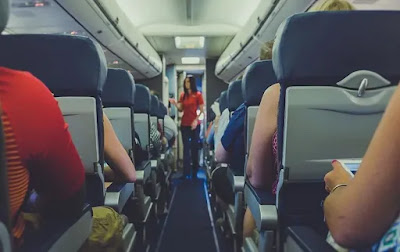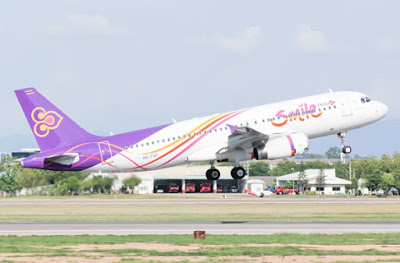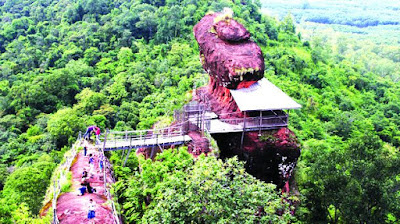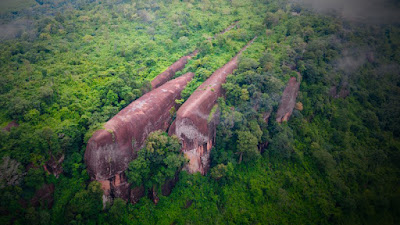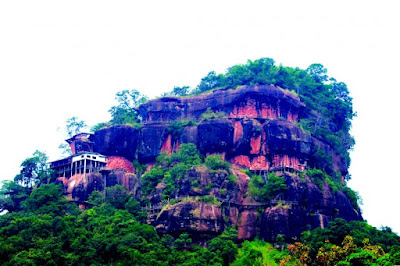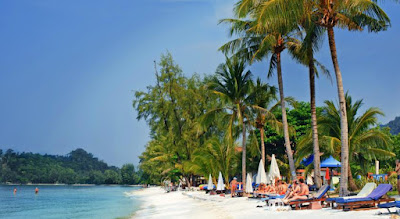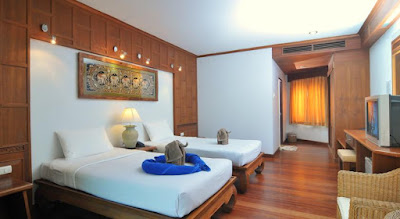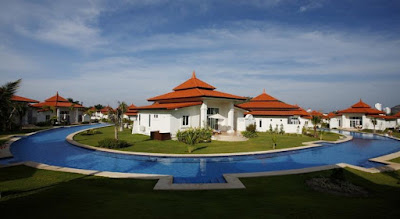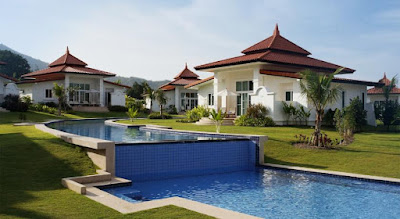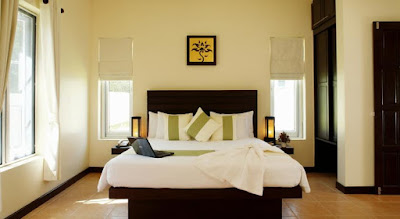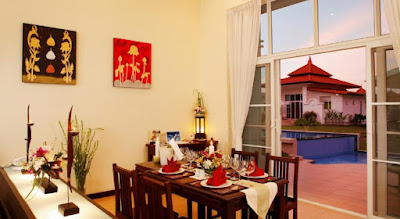The requirement for Thailand’s airlines to leave every second seat empty, as part of the conditions under which domestic services could resume, is being done away with. The Civil Aviation Authority of Thailand says carriers can now sell every seat on a flight (whether or not airlines manage to do so is another matter).
However, the CAAT says airlines must upgrade their in-flight ventilation, replacing high efficiency particulate air filters regularly. In addition, the wearing of face masks for all passengers and crew for the duration of the flight remains mandatory, with the CAAT saying passengers must be advised they may face prosecution if they fail to do so.
In a further easing of the conditions governing domestic travel during this Covid-19 era, Thailand’s Transport Minister says from July 31, members of the same family may sit together on Bangkok’s electric train network, as journeys take less than 50 minutes. A report in Thai PBS World says Minister Saksayam Chidchob says this relaxation of the rules is being implemented to reduce costs for the capital’s MRT service and to reflect Thailand’s ongoing recovery from the Covid-19 crisis.
The minister was busy handing out free face masks on the MRT network yesterday and it’s anticipated that a million masks will be distributed between now and August as part of the operator’s “Healthy Journey with BEM” program.
SOURCE: Thai PBS World
However, the CAAT says airlines must upgrade their in-flight ventilation, replacing high efficiency particulate air filters regularly. In addition, the wearing of face masks for all passengers and crew for the duration of the flight remains mandatory, with the CAAT saying passengers must be advised they may face prosecution if they fail to do so.
In a further easing of the conditions governing domestic travel during this Covid-19 era, Thailand’s Transport Minister says from July 31, members of the same family may sit together on Bangkok’s electric train network, as journeys take less than 50 minutes. A report in Thai PBS World says Minister Saksayam Chidchob says this relaxation of the rules is being implemented to reduce costs for the capital’s MRT service and to reflect Thailand’s ongoing recovery from the Covid-19 crisis.
The minister was busy handing out free face masks on the MRT network yesterday and it’s anticipated that a million masks will be distributed between now and August as part of the operator’s “Healthy Journey with BEM” program.
SOURCE: Thai PBS World
